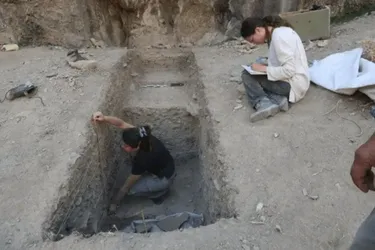150,000-year-old migration route discovered in Tajikistan

An international team of archaeologists has made an important discovery in the Zeravshan Valley (Tajikistan), discovering the ancient site of Soyi Khavzak, which is about 150,000 years old. The discovery sheds light on early migration processes in Central Asia.
According to the researchers, this area could have been a place of coexistence of different species of people - Homo sapiens, Neanderthals and Denisovans. Study co-author Jossi Seidner emphasizes that the Zeravshan Valley, known as part of the medieval Silk Road, was an important migration corridor long before that. The Independent writes about it.
During the excavations, scientists found rich archaeological material: stone tools, animal bones and vegetation remains. The research was carried out in three different areas, where layers of human activity dating from 20 to 150 thousand years ago were discovered.
Of particular value are well-preserved organic materials, including burnt wood and bones. This allows us to reconstruct the ancient climate of the region and better understand the living conditions of our ancestors.
Archaeologists believe that further research will help to reveal the details of the interaction between different species of people in this region and shed light on how prehistoric populations moved through the mountain corridors of Central Asia.
If you want to get the latest news about the war and events in Ukraine, subscribe to our Telegram channel!
